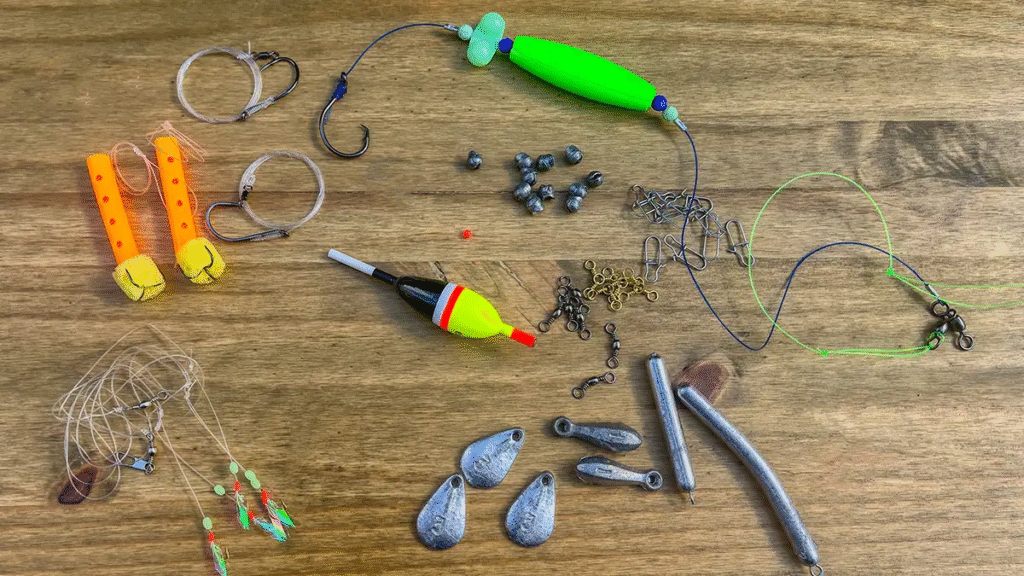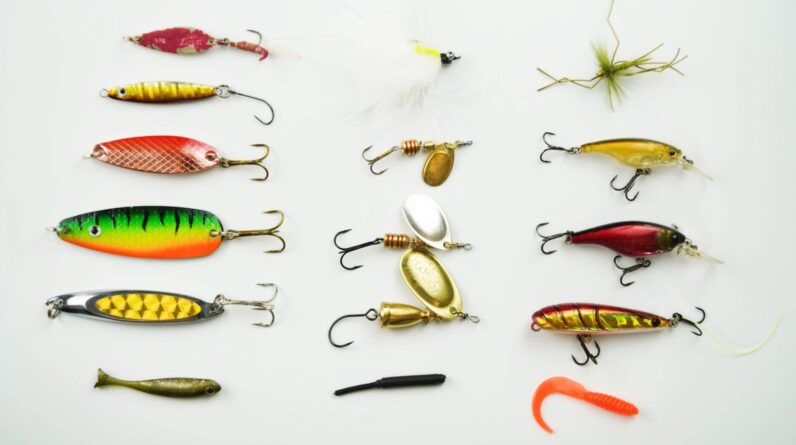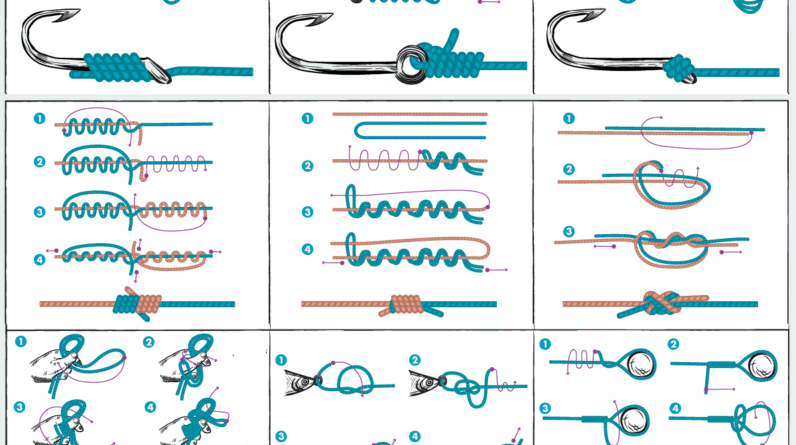How to Catch Catfish: Catfishing is one of the most exciting, accessible, and rewarding styles of freshwater fishing. Whether you’re targeting eater-sized channel cats for a Friday night fish fry, chasing trophy blues on tidal rivers, or stalking heavyweight flatheads, catfish provide a unique challenge and endless fun. But success doesn’t come from luck alone—you need the right bait, the right rig, and the right technique to consistently catch fish.
This ultimate guide, brought to you by the experts at Cheerfulfisherman.com, breaks down everything you need to know about how to catch catfish—perfect for beginners and seasoned anglers alike. From choosing the best catfish bait to mastering rigs like the Carolina rig and Santee Cooper rig, this article gives you a complete roadmap to your most productive catfishing season ever. You’ll also learn proven techniques for locating catfish in rivers, lakes, and reservoirs, plus time-tested tips on gear selection, presentation, and seasonal behavior. Whether you’re after trophy blues, hard-fighting channels, or big flatheads, this guide will help you fish smarter, catch more consistently, and enjoy every moment on the water.
Introduction to Catfishing
Catfish are among the most targeted freshwater fish in North America. They are known for:
- Their strength and stamina
- Their ability to grow to enormous sizes
- Their willingness to feed day or night
- Their preference for easily accessible locations
- Their popularity as a food fish
People love catfishing because it doesn’t require expensive equipment, and you can catch them from the bank, a kayak, or a powerboat. Plus, catfish are available in rivers, lakes, ponds, reservoirs, and even some brackish water.
But while catfish are abundant, experienced anglers know that catching big numbers or trophy-sized fish requires skill. Understanding their habits, selecting the right bait, and presenting it properly are the three pillars of success.
Types of Catfish and Their Behavior
Understanding catfish species is essential because each behaves differently, eats differently, and prefers different habitats. The three major species targeted by anglers are channel catfish, blue catfish, and flathead catfish.

Channel Catfish (Ictalurus punctatus)
General Overview
- Most abundant catfish species
- Typically 1–10 lbs, though larger specimens exist
- Preferred by beginners because they bite aggressively
- Thrive in lakes, ponds, and slow-moving rivers
Feeding Habits
Channel cats are opportunistic feeders. They will eat a variety of:
- Cut bait
- Chicken livers
- Stink baits
- Worms
- Prepared dough baits
- Shrimp
- Small fish
Their strong sense of smell makes scent-based baits extremely effective.
Preferred Locations
Channel catfish congregate around:
- Holes
- Brush piles
- Dams and spillways
- Drop-offs
- Creek channels
Blue Catfish (Ictalurus furcatus)
General Overview
- Largest of the three species
- Can exceed 100 lbs
- Primary target for trophy catfish anglers
- Found in major rivers and reservoirs
Feeding Habits
Blue cats are predatory, preferring:
- Fresh cut shad
- Herring
- Skipjack
- Carp
- Drum
They feed aggressively and often school, which can result in fast action when you locate them.
Preferred Locations
Blue catfish favor:
- Deep channels
- Ledges
- Current seams
- Dams
- Warm-water discharges
Flathead Catfish (Pylodictis olivaris)
General Overview
- Solitary and territorial
- Known for extremely powerful fights
- Prefer live prey
- Trophy class fish reach 40–80 lbs or more
Feeding Habits
Flatheads are predators with a preference for live bait, including:
- Live bluegill
- Live shad
- Live bullheads
- Live suckers
They feed primarily at night and relate to heavy structure.
Preferred Locations
Flatheads are found near:
- Log jams
- Rock piles
- Deep holes
- Root balls
- Undercut banks

Best Catfish Baits
Choosing the right bait is more important for catfish than almost any other type of fishing. Below is the ultimate breakdown of the best baits for each species of catfish, why they work, and when to use them.
Best Baits for Channel Catfish
1. Chicken Livers
One of the most famous catfish baits. Perfect for eating-sized channel cats.
Why it works: Strong smell, wide scent dispersal, irresistible to smaller cats.
2. Stink Baits (Dip Baits and Punch Baits)
These are commercial baits designed specifically for channel catfish.
Best brands:
- Secret 7
- Team Catfish Sudden Impact
- Catfish Charlie Blood Bait
3. Worms
Nightcrawlers are a universal bait for any catfish species.
4. Cut Bait
Cut shad or cut bluegill works exceptionally well.
Best Baits for Blue Catfish
1. Fresh Cut Shad (Best Overall)
Shad is the natural forage of blue cats.
Why it works:
Bleeds well, oily, strong scent trail, stays on the hook.
2. Skipjack Herring
Second only to shad for trophy blues.
3. Carp and Buffalo
Cut carp is excellent for larger blues.
Best Baits for Flathead Catfish
1. Live Bluegill
The #1 bait. Flatheads strike aggressively.
2. Live Shad
A top option in rivers.
3. Live Bullheads
Durable bait that stays lively for hours.

Best Catfish Rigs
Rigs make the difference between catching fish and going home empty-handed. Here are the most effective rigs used by top catfish anglers:
1. Carolina Rig (Slip Sinker Rig)
Why It’s Effective
- Excellent for bottom fishing
- Allows catfish to pick up bait without feeling resistance
- Great for cut bait and live bait
Components
- Sliding egg sinker
- Bead
- Swivel
- Leader
- Hook
This rig excels in both lakes and rivers.
2. Santee Cooper Rig
Why It’s Effective
- Adds a small float on the leader
- Keeps bait slightly above the bottom
- Perfect for drifting for blue catfish
A top choice for trophy blues in reservoirs.
3. Float Rigs (Slip Bobber Rigs)
Best For
- Shallow water
- Snaggy areas
- Live bait presentations
You can suspend bait at the ideal depth.
4. Three-Way Rig
Strengths
- Keeps bait close to the bottom
- Allows you to use a dropper line for the weight
- Perfect for heavy current situations
5. Bank Fishing Slip Rig
Great for anglers fishing from shore. It casts well and reduces snagging.

Techniques for Catching Catfish
This section breaks down the most productive catfishing methods, from stationary bottom fishing to advanced drifting and trolling.
1. Bottom Fishing (Most Popular Technique)
How It Works
Cast out your bait, let it settle on the bottom, and wait.
Best For
- Channel cats
- Blue cats
- Day or night fishing
2. Drifting for Catfish
What It Is
Dragging baits slowly across ledges or flats.
Best For
- Blue catfish
- Large reservoirs
Why It Works
Covers huge amounts of water to locate active fish.
3. Trolling
Using a trolling motor to slowly pull baits behind the boat.
Deadly effective on blues.
4. Bump Fishing (Advanced Technique)
What It Means
Holding your bait off the bottom in heavy current and “bumping” it along.
Who It’s For
Experienced anglers targeting trophy blue cats.
5. Float Fishing for Catfish
Keeping bait suspended helps when:
- Fishing shallow flats
- Fishing heavy timber
- Targeting flatheads near structure
6. Jug Fishing, Trotlines, and Limb Lines
These are passive but productive methods. Regulations vary by state.
Bank Fishing for Catfish
Bank fishing is one of the easiest and most accessible ways to catch catfish. You don’t need a boat, fancy electronics, or expensive gear.
Best Bank Fishing Spots
- River bends
- Cut banks
- Below dams
- Creek mouths
- Bridge pilings
- Spillways
- Deep holes near shore
Bank Fishing Tips
- Use heavier sinkers to prevent drift.
- Cast at different distances to find depth changes.
- Fish early morning, evening, or night.
- Use multiple rods (where legal).
- Keep bait fresh and check it frequently.
Boat Fishing for Catfish
A boat unlocks massive advantages when catfishing.
Advantages
- Access deeper water
- Ability to drift large flats
- Better at locating fish with sonar
- Ability to anchor over structure
Boat Positioning
Get directly above:
- Ledges
- Holes
- Channel drops
- Underwater humps
Positioning is critical—you want your baits placed exactly where catfish are feeding.
Seasonal Catfishing Tips
Catfish behavior changes dramatically through the year. Knowing these patterns will boost your success instantly.
Spring Catfishing
Patterns
- Catfish move shallow
- Warming water increases feeding activity
- Channels bite aggressively
Best Baits
- Cut shad
- Worms
- Liver
Techniques
- Shallow water float fishing
- Fishing near inlets
Summer Catfishing
Patterns
- Peak action
- Night fishing is best
- Flatheads feed heavily
Best Baits
- Live bait for flatheads
- Cut bait for blues and channels
Techniques
- Night fishing
- Anchor fishing
Fall Catfishing
Patterns
- Catfish feed aggressively to fatten for winter
- Blues school up
- Channels move to deeper holes
Best Baits
- Fresh cut bait
Winter Catfishing
Patterns
- Catfish move to deep water
- Slower presentations are important
Best Baits
- Fresh, oily baits like shad
Night Fishing for Catfish
Nighttime is prime time for catfishing, especially in summer.
Why Catfish Bite Better at Night
- Cooler temperatures
- They move shallow
- Less fishing pressure
- Increased feeding behavior
Best Night Fishing Tips
- Use headlamps and glow sticks on rod tips.
- Fish windy banks where baitfish are pushed.
- Target flats near deep water.
- Use noisy or strong-smelling baits.

Best Locations to Find Catfish
Catfish aren’t random—you must learn where they stay, feed, and move.
River Locations
- Outside bends
- Behind wing dams
- Current seams
- Deep holes
- Around submerged trees
Lake and Reservoir Locations
- Points
- Underwater humps
- Creek channels
- Riprap
- Shallow flats at night
Using Electronics to Catch Catfish
Modern sonar has revolutionized catfishing.
What to Look For on Sonar
- Baitfish balls
- Large arches or “whiskered” shapes
- Ledges
- Drop-offs
Side Imaging
Excellent for finding:
- Timber
- Rock piles
- Schools of blues
Catfish Gear Checklist
Here’s everything you need for successful catfishing:
Rods
- Medium-heavy to heavy action
- 7–9 feet long
- Fast or moderate-fast tip
Reels
Best options:
- Baitcasters for precision
- Spinning reels for beginners
Line
- 20–50 lb mono or braid
- 40–80 lb leaders
Hooks
- Circle hooks (#4 to 10/0 depending on size of fish)
Sinkers
- Egg sinkers
- Bank sinkers
- No-roll sinkers

Common Mistakes to Avoid
- Using old or rotten bait
- Not fishing deep enough
- Using hooks that are too small
- Not checking bait often
- Anchoring in the wrong spot
- Fishing only one depth
- Ignoring seasonal patterns
Final Tips for Catfishing Success
- Fresh bait is ALWAYS better than frozen.
- Sharpen your hooks regularly.
- Set reels with the drag slightly loose for catfish runs.
- Use scent attractants in muddy water.
- Fish multiple rods to find productive depths.
Conclusion
Catching catfish is one of the most exciting and accessible forms of fishing. With the right bait, rigs, techniques, and knowledge, you can catch catfish consistently all year long. Whether you’re fishing from the bank or a boat, targeting channel cats or trophy blues, the principles in this guide will help you become a confident, successful angler.







